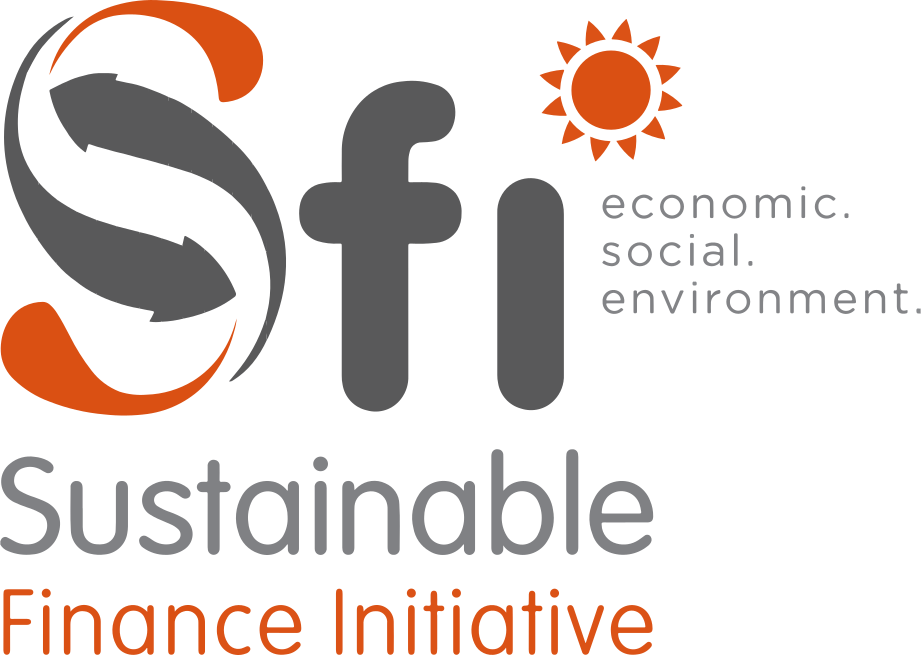SFI
Module XIII Session II: Introduction to the Solar Processing Technologies
In Module 1, we learned about the multiple drivers influencing the economy towards a more sustainable developmental future with reduced reliance on finite non-renewable resources such as oil and gas, and new investment in alternative energy sources, including solar.

About This Course
In Module 1, we learned about the multiple drivers influencing the economy towards a more sustainable developmental future with reduced reliance on finite non-renewable resources such as oil and gas, and new investment in alternative energy sources, including solar.
We learned that traditional agriculture creates multiple negative impacts on the environment contributing to climate change. And that various climate-friendly technology tools have been designed to reduce these impacts, and combat climate change.
We learned that renewable energy is a key driver of the green economy and that solar technology has grown in Kenya and the wider region, as technology options have improved and the cost of solar panels decreased.
We learned that as a result of these climate change drivers and the reduced price of solar, there has been a growth in innovation in solar technology products for agriculture. This has created new investment opportunities for companies sup- ported by the banking sector and the opportunity to develop adequate loan products for financing of investments in solar energy. It has also created the need to understand the technology in order to correctly assess loan applications.
Finally, we learned of a range of issues and questions that loan officers need to take into account when deciding whether to approve a solar agriculture tech loan application, to help derisk such investments.
